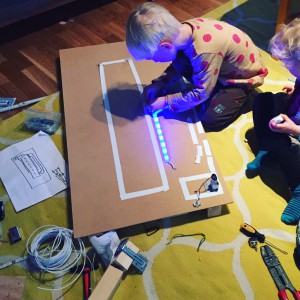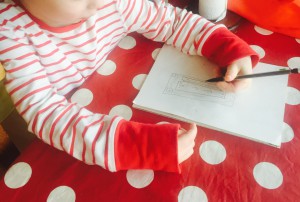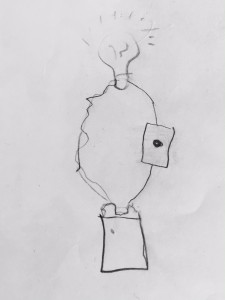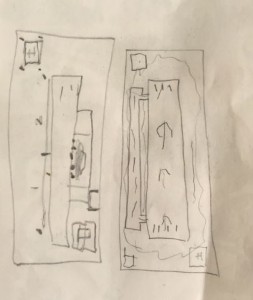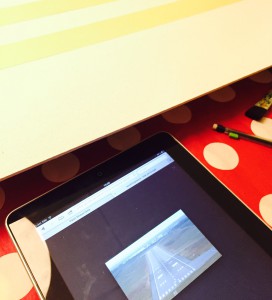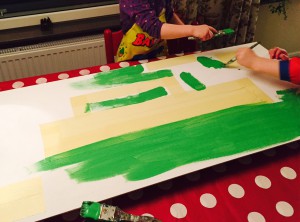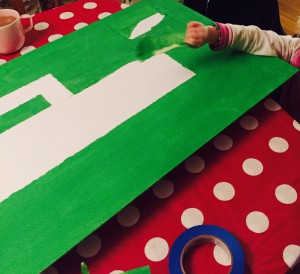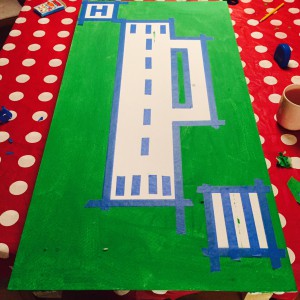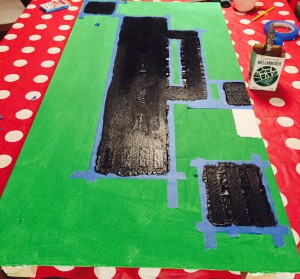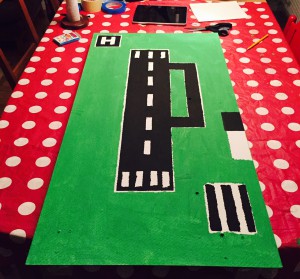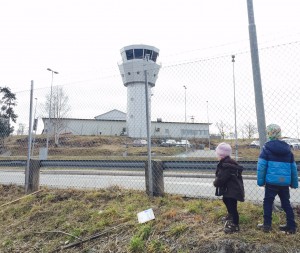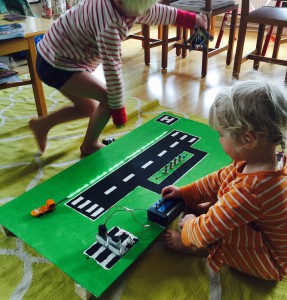The kids are agile
When we are born, we are naturally curious and autonomous. We are born with characteristics that fit better in an Agile processes and Lean UX than in hierarchical structures and waterfall projects.
Then something happens when we become adults that stifles many of the drivers that are synonymous with innovation and creative work. When we begin our worklife, we risk falling into passivity and inertia. But it is not our natural disposition that is reflected in that behavior. Passivity and inertia does not come from the individual, it comes from structures and old truths in organizations and in society as a hack upon our natural approach of curiosity and drive.
Therefore, there is a hole lot to learn from the children. But also to think about when it comes to how the children should be allowed to continuously learn. This is not about analog or digital. It is not the channel that is the problem or solution. That is how we relate to problem solving, curiosity and motivation. How we relate to the children and the child within us.
The children’s way of viewing the world fits very well into Lean UX and agile methods. For example in Lean UX we encourage a continuous loop of building – measuring – learn. The process in Lean UX gives priority to the construction of a testable iteration of the product (an MVP) as quickly as possible to test assumptions and hypotheses. Lean UX advocates to get away from the deliverables and detailed information that is not leading the work with the product forward. In Lean UX rapid methods like sketches and visualization in a group replaces detailed sketches and theoretical use cases.
A child is already working in that way. A child that builds a sand castle iterates its ”product” all the time. There is a continuous build – measuring – learning– process. The child works naturally and unconsciously according to the principle: ”What I learned in the first iteration, I take with me into the next iteration.”
Packaged experiences such as TV, some games, construction kit with detailed instructions and puzzles is in its foundations built to fit into a managed project deliverables model where experimenting and learning is set aside. It’s not really the artifacts fault, such as the puzzle, more how we relate to it (or allows the child to relate to it). Do not encourage the result that the puzzle is done – encourage the strategy that led to a result (not necessarily that the puzzle is done). The goal with a puzzle is the result (=it is done) but the learning goal is any result and the way to it. Lean UX reward outcome before output. That is not the number of laid puzzle that we premier, but what we learned and what results it had. Thus the result of interacting with the puzzles.
The acceptance with making mistakes we have with our children in the learning process must we also have in in the organization. To develop is a hypothesis-driven process and in that nature we will come up with the wrong answer from time to time. ”Fail fast”. Encourage therefore communication and reasoning. To ask the question why in the group is one of the most important things we can learn from children and to remind our self to continue to do.
Unfortunately, traditional organizational structures rarely encourages a learning process. In those environments the leadership is based on controlling employees. The boss act in the belief that employees need a push to get started, and that the employee need a carrot to move forward.
A child does not need an old school manager. A child has a greater benefit of a coach and a facilitator. Just as we in agile methods rather talk about coaching and facilitation instead of managers and project managers. By moving down decisions to the floor, hierarchies have played out their role. Decisions on the floor requires courage and trust in the teams from the organization. In a changing world, and in an agile process that encourages rapid iterations, the leader need to be able to improvise. And not least the leadership needs to be in place near the teams. An old school manager decides from a distance. The coach facilitates on the floor together with the team. And in the team we determine the way forward.
There is much to learn from how the children take on a problem. By visualizing, communicating and facilitating in the play, we can learn together with the children. The following experiments made with a 3 year old and a 5 year old is based from the children’s perspective with focus on the learning process with the goal to develop a ”product” and at the same time see how similar the way children think and act is to the process of Lean UX.
Experiment – The kids are agile
Initiative: Building a runway.
Features:
- An airstrip
- lamps powered by battery
- a taxi-runway
- a helicopter landing area
- stretch-goal: a air traffic control tower
Iteration 1: Visualize what we want to do in a preliminary sketch (left in the picture). Lesson learned: Sketch early!
Iteration 2: Building a MVP. We start by drawing electricity aware that we do it before we paint. We want to test our hypothesis: the lights will shine and if so, in different colors? MVP: proved our hypothesis! And partly because we use a LED strip with RGB LEDs, we learn color theory.
Lesson learned: MVP leads us forward.
Iterates the sketch. Visualizing and communicating with the help of sketching. A new day means a new sketch. ”A lamp requires electricity that spinning around without being broken – that we see in the sketch – and the reality show the same.”
Lesson learned: Communicate with sketches. Everyone can sketch.
Ready for the next iteration: paint the airstrip. How does a runway look like? Can a runway look different? Introduce intelligence. The iPad is a perfect tool for that. Image google: airstrip.
Lesson learned: Use the iPad to seek more knowledge. Contextual analysis and continuous learning is fun!
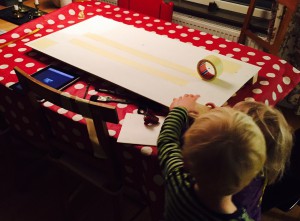
Look at the sketches made and use inspirations from outside (images in the iPad). Lesson learned: Knowledge is everywhere.
Where the tape is there will be no color …
Remove the tape.
How do we paint ”H” on the helipad. By not painting it. Time for the next iteration. Lesson learned: Small iterations take us forward.
Where the tape was our lines and letters now are at the airstrip.
GOOB – get out of the building. When we visited the airport we learned that there are red lights at the top of the control tower. That we dit not know before.
Lesson learned: Get out in the reality! GOOB!
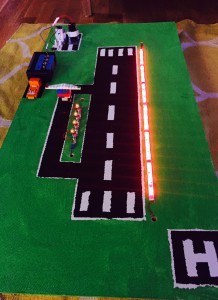
Time to install the electricity again. Now it is done fast and accurately because we have with us what we learned in the first iteration of our first MVP.
Lesson learned: Seeing is believing!
Ready for takeoff. ”Green means start, red means wait and blue means refueling”.
Lesson learned: Play and learn is fun!
Books and links that have inspired the blog post:
- http://www.bokus.com/bok/9789189388512/drivkraft-den-overraskande-sanningen-om-vad-som-motiverar-oss/
- http://www.bokus.com/bok/9781449311650/lean-ux-applying-lean-principles-to-improve-user-experience/
- http://www.bokus.com/bok/9789144103020/kommunikativt-ledarskap-den-nya-tidens-ledarskap-i-vardeskapande-natverk/
- https://www.smashingmagazine.com/2011/03/lean-ux-getting-out-of-the-deliverables-business/
- http://www.jeffgothelf.com/blog/lean-ux-book/
